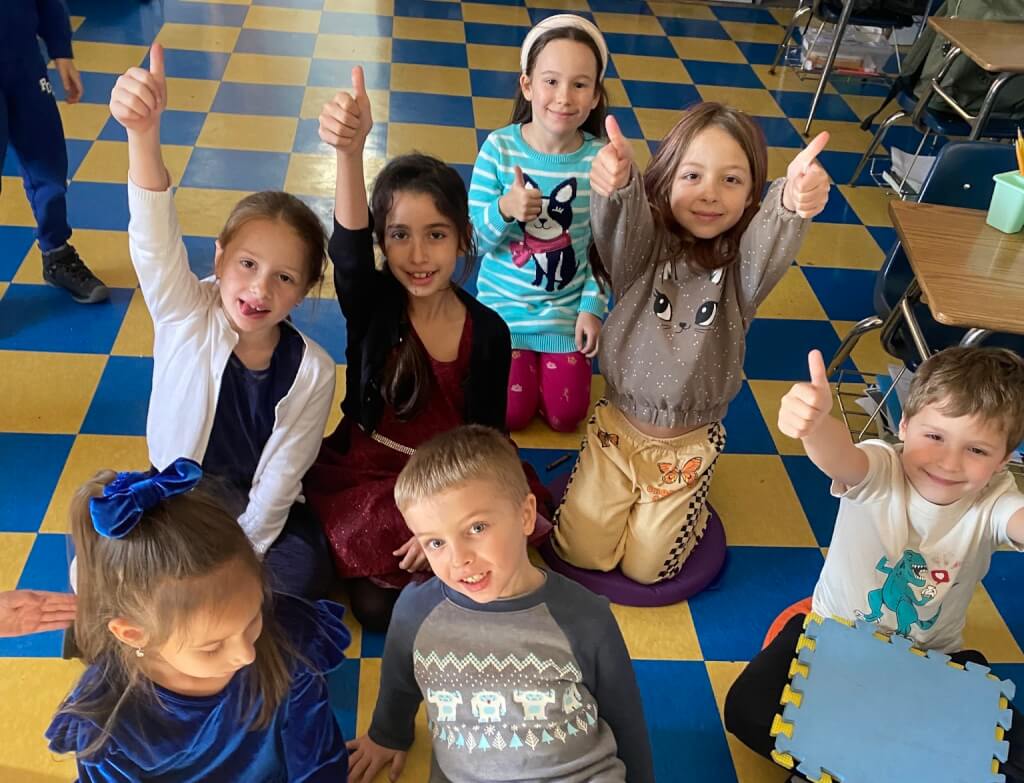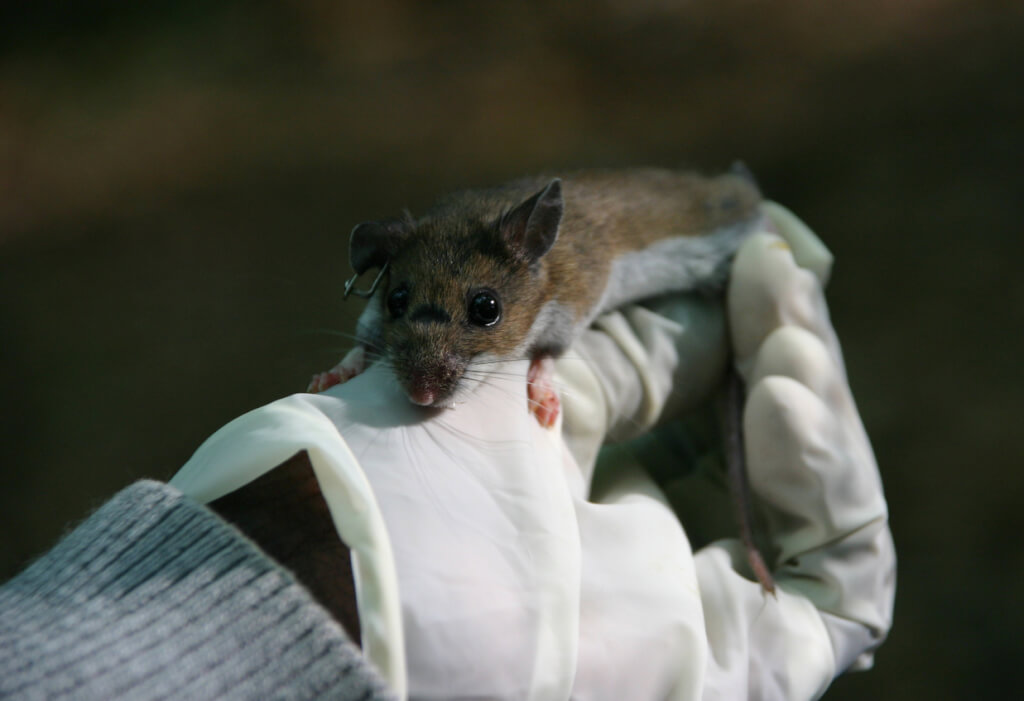In New York and across America, an outbreak of a dangerous virus: what are the symptoms and how to treat
'25.10.2022'
Nadezhda Verbitskaya
At a time of year when COVID and seasonal flu are prevalent, the emergence of RSV, a common childhood respiratory virus, poses another challenge to public health plans at the state, local and national levels. NBC New York.
Beds in pediatric hospitals are limited in nearly half a dozen states, doctors say. Doctors are looking into whether COVID plays a role in the spread of the virus. And also the fact that the children are going to the classrooms again.
Shankaran Krishnan, head of pediatric pulmonology at Maria Fareri Children's Hospital, is among those who believe COVID has been a factor in the unusual spike in RSV cases. But without a diagnostic test, it's hard to tell exactly what's affecting you or your child.
So what is RSV and how can you best protect against it?
Short for respiratory syncytial virus, RSV is a common disease. It usually causes mild cold-like symptoms. Most people recover in a week or two. But the virus can be serious, especially for infants and the elderly.
Krishnan says the main warning signs for children include rapid breathing and the development of a chronic cough or fever. Or ongoing difficulty breathing.
The peak of the spread of the virus usually occurs in the winter. But this summer, it began to circulate, which surprised – and worried – doctors. This likely reflects how the COVID pandemic has disrupted circulation patterns in conditions like RSV. The CDC reports that the season usually starts from mid-September to mid-November and peaks in late December - mid-February.
On the subject: And again the virus: New York investigates the outbreak of a deadly disease in a Manhattan nursing home
Typically, the number of positive tests starts to decline between mid-April and mid-May. In Florida, the RSV season starts earlier and lasts longer than in other parts of America.
RSV is the most common cause of bronchiolitis (inflammation of the small airways in the lungs). As well as pneumonia in children under 1 year of age in the United States.
According to the CDC, each year RSV results in approximately:
- 2,1 million doctor visits among children under 5
- 58 hospital admissions among children under 000
- 177 hospitalizations among adults aged 000 years
- 14 deaths in adults aged 000
- and 100 to 300 deaths among children under 5
At the moment there is too little comparative data for this season based on testing and other factors. For example, the five-week average of positive PCR tests for RSV in New York City has been up weekly since mid-April, when the last season ended. The average for the week ending October 8 is 133,333, up from 41,4 at the beginning of August. This compares with the five-week average of 47,333 positive PCR tests in New Jersey ending Oct. 8. Data for Connecticut is incomplete.
How is RSV diagnosed and what are the symptoms?
Like COVID, RSV can be diagnosed using an antigen or PCR test. The most common diagnostic measure is the oral swab. Or, alternatively, a blood test that evaluates the number of white blood cells affected by viruses. In severe cases, additional testing, such as a chest x-ray or CT scan, may be needed to evaluate potential pulmonary complications.
Symptoms are similar to both COVID and the common cold and flu. People usually show symptoms within four to six days of infection. These may include a runny nose, cough, sneezing, fever, wheezing, and decreased appetite. It is noteworthy that the symptoms usually appear in stages and do not affect everyone at once.
Nearly all children have an RSV infection, diagnosed or not, by their second birthday, according to the CDC. In very young children, irritability, decreased activity, and difficulty breathing may be the only identifiable symptoms.
Parents are advised to contact their pediatricians if their child is having difficulty breathing or not drinking enough fluids. Dehydration and difficulty breathing are more likely to lead to severe cases and hospitalizations. In the most severe cases, children may need to be intubated. In most cases, hospitalization lasts several days.
How is RSV transmitted and what about treatment?
Transmission of RSV is also similar to how COVID and cold-like illnesses spread. This virus is spread when an infected person coughs or sneezes. When coughing or sneezing, viral droplets get into the eyes, nose or mouth. You touch a surface that has the virus, such as a doorknob, and touch your face without washing your hands. Or you have direct contact with the virus, such as kissing the face of an infected child.
The infectious period usually lasts three to eight days. But in cases involving infants or immunocompromised adults, RSV can continue to spread for up to a month even when patients no longer have symptoms.
Children are often exposed to RSV outside the home, such as at school or daycare centers. And they can pass it on to the family.
RSV can survive for many hours on hard surfaces such as crib rails and tables. And on soft surfaces such as fabrics and hands for a shorter time.
You can get RSV at any age, but infections tend to be less severe later in life. People at increased risk of severe illness from RSV include premature infants, young children with congenital heart disease or chronic lung disease, immunocompromised people, and the elderly, especially those with underlying heart or lung disease.
There is no specific treatment for RSV infection. But researchers are working to develop antivirals and vaccines. A drug called palivizumab is available to prevent severe RSV disease in some children. But the CDC says it cannot help cure children already suffering from severe RSV-related illness and cannot prevent infection.
How to relieve the symptoms and what is the prevention?
Over-the-counter fever and pain relievers, such as acetaminophen or ibuprofen, can help manage fever and pain. Although parents should never give aspirin to their children. Make sure infected people get enough water.
RSV prevention sounds familiar:
- Cover your mouth when coughing with a tissue or shirt sleeve, not with your hands
- Wash your hands often with soap and water for at least 20 seconds
- Avoid close contact such as kissing, shaking hands, and sharing cups and cutlery with other people
- Clean frequently touching surfaces such as doorknobs and mobile devices
- Whenever possible, people with cold-like symptoms should avoid contact with children at high risk for severe RSV. If they can't, they should take preventive measures and make sure not to kiss high-risk children when they have symptoms.
Parents of high-risk children are advised to take extra precautions, the CDC said.
- Avoid close contact with sick people
- Wash your hands often with soap and water for at least 20 seconds
- Don't touch their face with unwashed hands
- Limit the time they spend in child care centers or other potentially contagious places, especially during the fall, winter, and spring.







